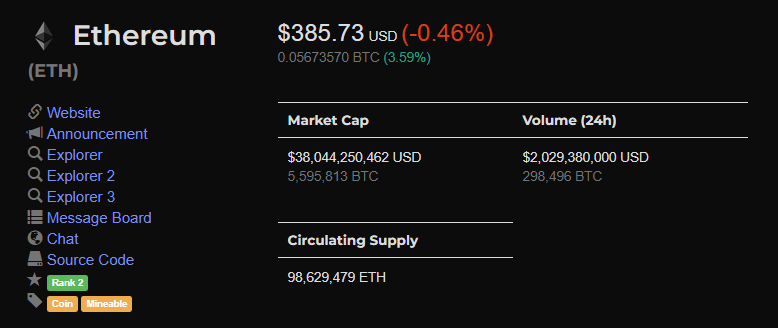Cryptocurrency Trends in Q1 2018

The cryptocurrency market, which experienced a significant growth throughout 2017, underwent a massive downward adjustment in the beginning of 2018. The price of most cryptocurrencies and other digital assets fell significantly, causing a market disruption. Many cryptocurrencies lost over 50 percent of their value in the dawn of 2018.
The price of Cardano dropped by 77.73 percent in the first three months of 2018, making the currency the second worst performer on the cryptocurrency market. Ripple followed with 74.87 percent decrease in value. Last, but not least, Bitcoin Cash lost 66.05 percent of its value in the first three months of 2018.
However, not all cryptocurrencies were devalued in the first quarter 2018. VeChain and Tron, for example, experienced a growth of 26 percent and 9.25 percent respectively.
The depreciation of cryptocurrencies was predicted in the end of 2017 by renown data analysts, who justified their estimations by reminding investors that a wave of market growth is usually followed by a wave of market decline. Experts also pointed out various factors, social and/or economic, that have played a role in the depreciation of cryptocurrencies.
However, earlier in 2017 the future of cryptocurrencies looked way brighter. Banking institutions considered accepting bitcoins, Ripple was already in the banking system and even the trends in the bitcoin casino industry were quite promising.
As it it known, the trends in Bitcoin prices are linked with market participants. Thus, it is not uncommon for Bitcoin, after experiencing a significant growth in value, to be devalued by as much as 50 percent within a short period of time. Following the trends in the price of Bitcoin, by the end of February 2018 almost all cryptocurrencies had experienced a downward adjustment in their price, causing a 15 percent decline in the total cryptocurrency market capitalisation.
The low volatility of Bitcoin in comparison to Altcoins is thought to have triggered the depreciation of the former with 50 percent over the first quarter of 2018.
Ripple faced nearly 75 percent decline in market capitalisation, which is thought to have been caused by inflation in the price of the cryptocurrency, observed in the end of 2017 and in the beginning of 2018.
The first quarter of 2018 proved negative for Dash as well, with the cryptocurrency losing 70.9 percent of its value. This came as a direct result of the delisting of the cryptocurency by the Japanese cryptoexchange Coincheck. The reason why Coincheck removed Dash from its lists is the company’s attitude towards anonymity provided by cryptocurrencies.
Among all coins from the Top 12, it was the price of NEM’s that fell most rapidly in the first quarter. NEM was depreciated by more than 80 percent, but that was not the worst. For NEM, the worst came after the theft of nearly $400 million from Coincheck.
Cardano, which also experienced a serious downward adjustment, regained some of its value in February, but it was not enough to set up a favourable trend. The price of the coin remains low, which indicates a decline in trading with the currency.
Litecoin was one cryptocurrency from the Top 12 that was at least a bit successful in the first quarter. Its price fell by 50 percent which is above the average market decline. This is thought to be the result of the announcement of a new payment infrastructure named Litepay in February. Litepay’s launch triggered the growth of the currency by more than 35 percent and, in the peak of its growth, Litecoin reached almsost $215.
All of the remaining cryptocurrencies in the Top 12 followed the negative market trend.
NEO, on the other hand, was depreciated by only 31.6 percent in the first quarter, thanks to the Weiss rating agency, which assigned the currency A rating in the end of February. What makes Weiss’s rating important is that for the first time in history a cryptocurrency was given such a positive rating. NEO gained an immediate 15 percent growth after the evaluation was made public. What is more, the airdrop of Ontology tokens among holders of NEO tokens also impacted the price of NEO in a positive way.
Overall, most events between January and March were negative in nature for the cryptocurrency market and this caused a critical reduction in cryptocurrency marker capitalisation. On the bright side, however, the cost of Bitcoin transactions was reduced significantly. In the dusk of 2017, transaction fees within the Bitcoin blockchain reached $55. By the beginning of 2018, transaction fees had fallen to $26, and on April 1 transaction fees were less than $1.
In the future, the application of softwares for soft fork changes in the transaction format of Bitcoin, namely SegWit and Lightning, will increase the capabilities of the blockchain to a considerable extent.
Source--https://usethebitcoin.com/cryptocurrency-trends-in-q1-2018